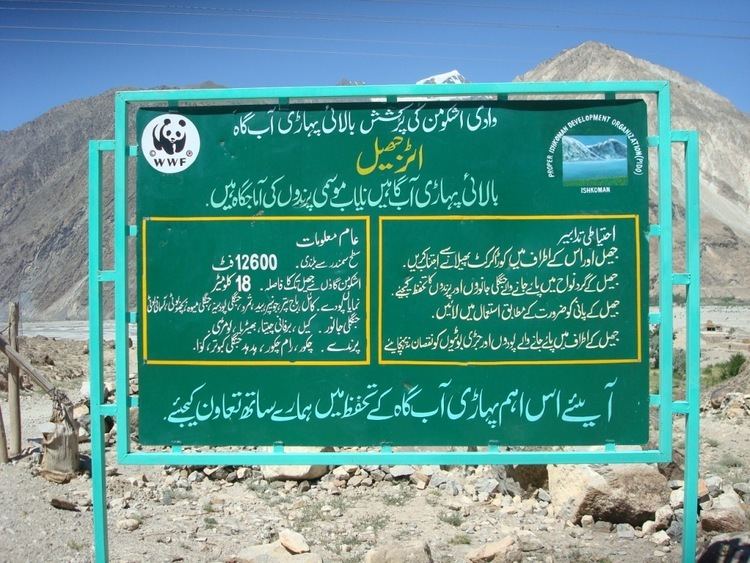 | ||
Floods in ishkoman valley
The Ishkoman (اشکومن) valley lies in the north of Pakistan in Gilgit-Baltistan, bordering Afghanistan and the Pamir Wakhan Corridor.
Contents
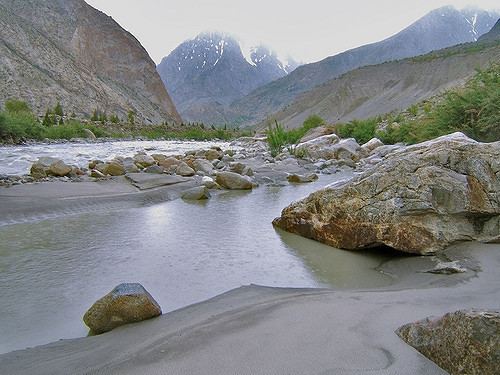
Political status
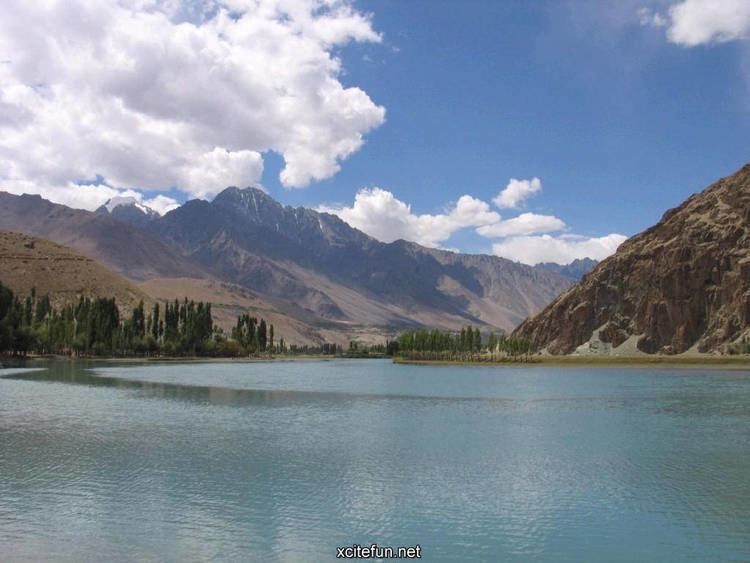
Administratively, Ishkoman valley constitutes a Tehsil of Ghizer District. It is located at a range of altitudes, from 7,000 to 12,000 feet (2,100 to 3,700 m). The valley consists of 20 villages, with a total population of 30,000 inhabitants. Four major languages are spoken here: Wakhi, Khowar, Shina and Burushaski.
History
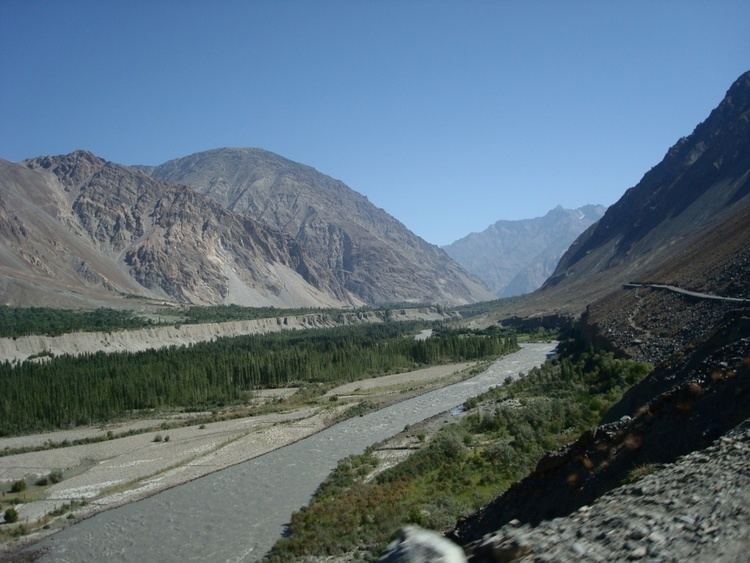
In 1888, the Mehtar of Chitral annexed the valley, and it remained under the rule of the Katoor Dynasty until 1895. After this, British Gilgit Agency annexed the area as a province and installed Mir Ali Mardan Shah as governor. Mardan Shah was a former ruler in the Wakhan Corridor, who later migrated into Chitral and made kinship with the royal family. The ruling family of Chitral granted him Ishkoman valley in 1892 as gift to her son-in-law. Mardan Shah ruled this valley till 1924. He died in silpi village, while he was going to a meeting at Gilgit.
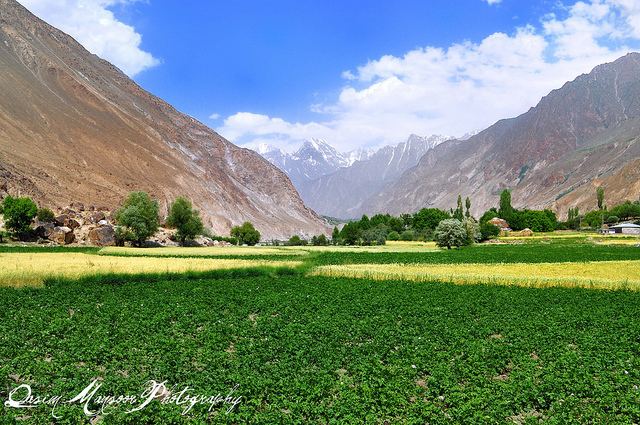
After the death of Mardan Shah, Mir Baz Khan was assigned as governor of Ishkoman. He was a retired Subidar in the British Army. He served for more than 10 years, from 1924 to 1934 at which point he was transferred to Yasin valley as the governor. Hussain Ali Khan succeeded Mir Baz Khan as governor, ruling from 1934 to 1938. Sultan Murad Khan (Khuswaqt) came here as new governor. He ruled on this valley from 1938 to 1951, encompassing Pakistan's independence from the British Empire.After his death Sultan Ghazi Khan the younger brother of Sultan Murad Khan become the governor/Mehter of the Ishkoman state and Shah Faqir (khyber Dynasty) was Wazir of the state till 1972.
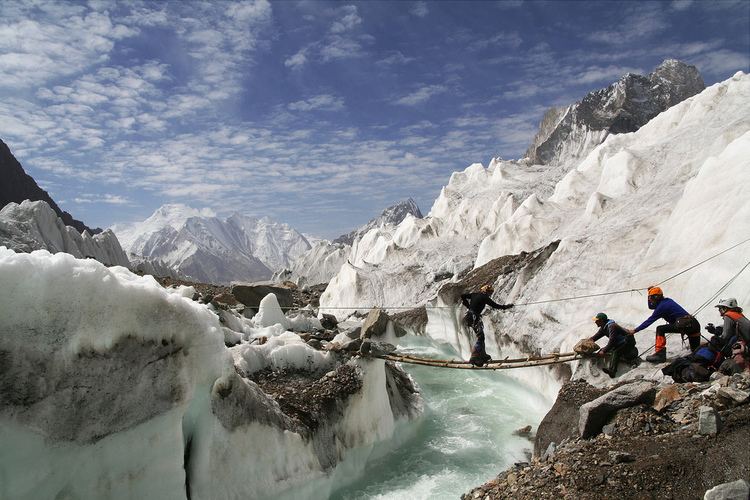
From 1947 until 1972, the area was subject to the Frontier Crimes Regulations under Pakistans federal government. With the conclusion of the Indo-Pakistani War of 1971, Ishkoman came fully under the influence of Pakistan, and Chator Khand was named as the capital of the region.
Geography

Ishkoman is a high mountain valley in the Hindu Kush and Karakorum mountains, in the northwest region of Gilgit in the Gilgit-Baltistan of Pakistan. It is situated at a distance of almost 140 kilometres (90 mi) from Gilgit. Ishkoman is connected to the Yasin Valley and Chipursan (in Gojal Hunza) valley by a high mountain pass.
The natural beauty of the valley makes it a popular tourist destination.
Villages
Villages within Ishkoman Valley include:
Language
The primary language of Ishkoman area is the Wakhi. While shina and khowaris spoken in all the villages throughout the Ishkoman as spoken in Chitral valley. The Wakhi language, which is also spoken in Gojal Hunza, is spoken from Barjungle to Pak-Afghan border.
Demographics
With the arrival of Tajik's from neighbouring Tajikistan, a sizeable number of the population speaks Tajik as well. They have migrated mostly due to better economic conditions in Pakistan and have set up numerous shops and colonies in Ishkoman.
